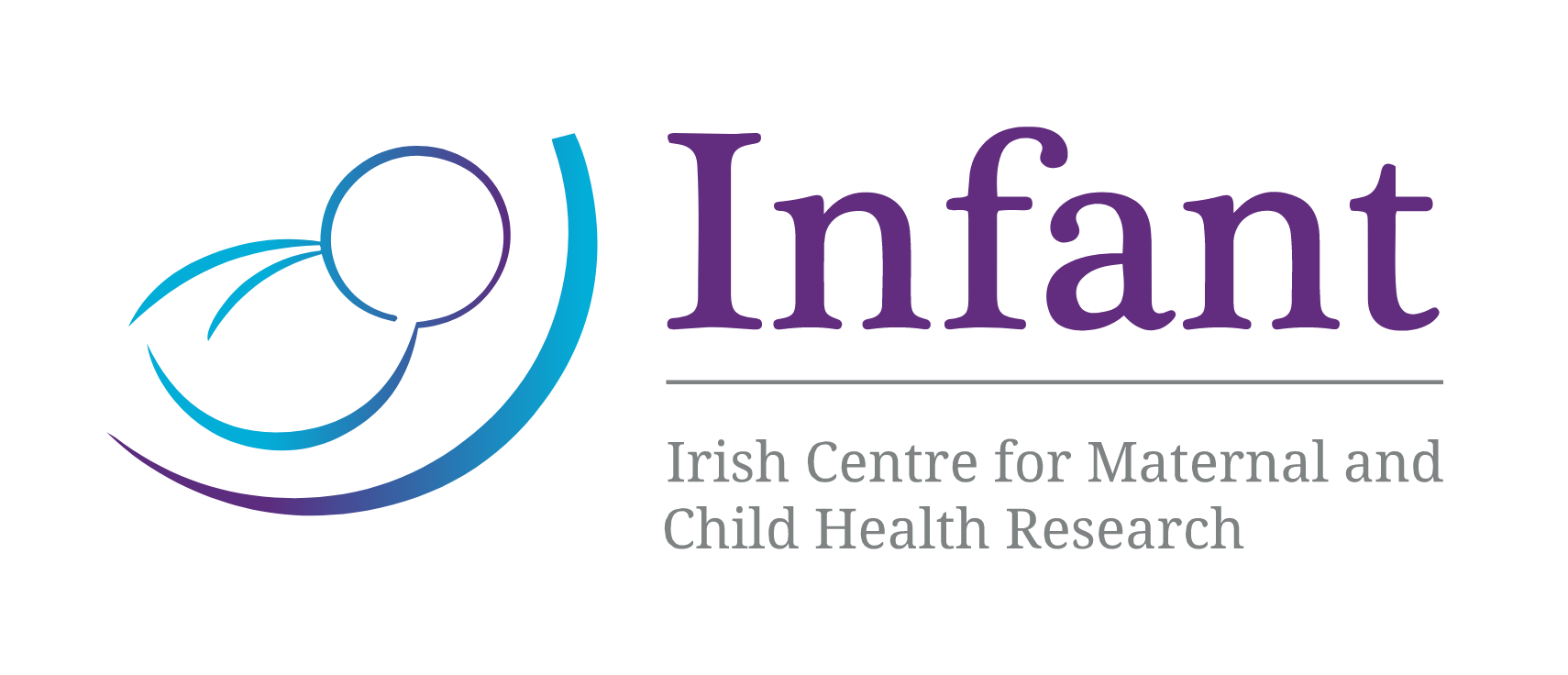SafeBoosC-III
Safeguarding the Brain of Our Smallest Infants Phase III
Chief Investigator/Irish National Coordinator: Prof. Eugene Dempsey
Co-investigators: Jan Miletin, Gerhard Pichler, Gunnar Naulaers, Cornelia Hagmann, Hans Fuchs, Jakub Tkaczyk, Monica Fumagalli, Anne Marie Heuchan, Simon Hyttel-Sørensen, Siv Fredly, Adelina Pellicer, Ana Vilan, Olivier Claris, Ebru Ergenekon, Gabriel Dimitriou, Tomasz Szczapa, Guoquiang Cheng, Jonathan Mintzer, Saudamini Nesargi, Afif EL-Khuffash, Anna Curley
Background
Each year, 50,000 extremely preterm infants are born in high-income countries with access to neonatal intensive care. Of these, 10,000 will die and a further 10,000 will suffer cerebral palsy or moderate-to-severe neurocognitive disability. Time spent outside normal cerebral oxygenation ranges (time with hypoxia or hyperoxia) is associated with poor neurological outcome in children and adults. Monitoring of cerebral oxygenation may reduce the risk of cerebral complications, but no such effects have yet been demonstrated in preterm infants in large randomised clinical trials. The recently completed SafeBoosC phase II trial was conducted at eight sites in eight European countries. 166 extremely preterm infants were randomised to visible monitoring of cerebral oxygenation by near-infrared spectroscopy (NIRS) combined with an evidence-based treatment guideline (experimental group) versus blinded NIRS and treatment as usual (control group). The trial found that NIRS monitoring in combination with an evidence-based treatment guideline successfully reduced the burden of hypoxia and hyperoxia from 81% to 36%hours during the first three days of life (p<0.001). Furthermore, the proportion of severe brain injuries assessed by central reading of serial cranial ultrasound was 12.5% in the experimental groups versus 23.4 % in the control group, RR 0.53 (95% CI: 0.26 to 1.08). Mortality was 14% in the experimental versus 25% in the control group, RR 0.50 (95% CI: 0.29 to 1.00). No other evidence has been identified. Based on these preliminary findings, we are planning a phase III randomised clinical trial; the SafeBoosC-III trial.
Objectives
The overall objective of the SafeBoosC-III trial is to investigate the benefit and harms of treatment based on near-infrared spectroscopy monitoring compared with treatment as usual. The hypothesis is that treatment based on near-infrared spectroscopy monitoring for extremely preterm infants during the first 72 hours of life will result in a reduction in severe brain injury or death at 36 weeks postmenstrual age.
Perspectives
If the experimental intervention proves successful, we may save at least 2,000 extremely preterm infants every year from death or a life with a handicap due to brain injury in high-income countries. The ensuing health economics impact running into billions of Euros saved annually
